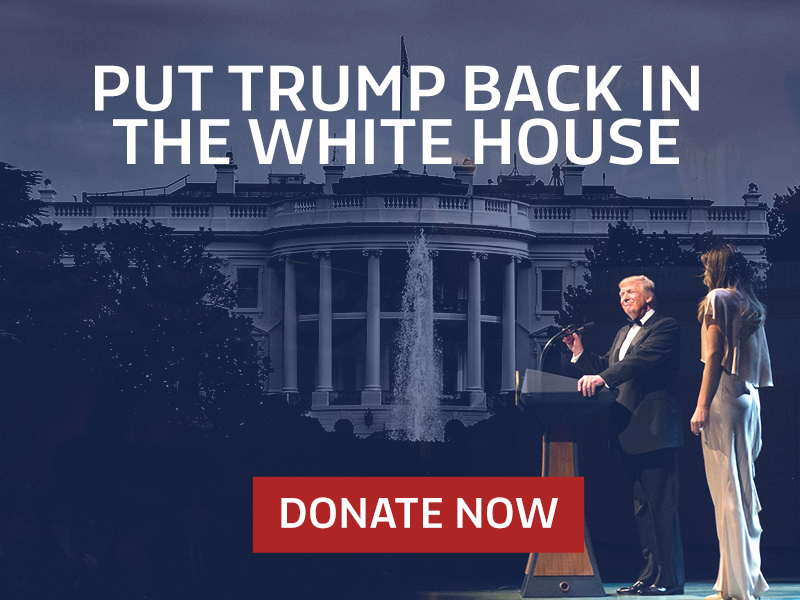The past week highlights one of the fundamental tensions of the Trump presidency. In many ways, the president has leaned into polarization — picking cultural feuds, lobbing bombs on Twitter, and relishing no-holds-barred combat with his political adversaries. Conciliatory set-pieces such as the State of the Union are soon blotted out by the latest Ragnarok on social media and cable news.
But, for all this polarizing messaging, the actual policy platform the president ran on in 2016 cut against political polarization. An infrastructure bill, trade reform, entitlement protections, continued government subsidies for health care — these are things that might appeal to many Democratic voters. As Vox’s Matt Yglesias has noted, Trump was perceived by the electorate as more politically moderate than previous recent GOP nominees.
Adding to that tension is the fact that, in governing, the president has not necessarily prioritized cross-party legislation. (The 2018 criminal-justice reform bill is a salient exception here.) In 2017, he supported an effort by congressional Republicans to enact sweeping changes through party-line votes on health care and taxes. The austerity-first congressional proposals on health care went nowhere and added to the headwinds Republicans faced in the 2018 midterms. The tax bill scaled back deductions for upscale suburban voters, and it never achieved a warm public reception; since Republicans passed it in a party-line fashion, they owned all its negatives. By using the repatriation of foreign profits parked abroad to pay for corporate tax cuts, the tax bill also helped sabotage an infrastructure bill, a possible bipartisan effort.
The window for bipartisan cooperation might have closed a bit. Many Democratic activists have radicalized in recent years (as the embrace of the “socialist” label suggests), making the idea of cooperating with the president seem a heavier lift. However, there could still be some areas of compromise between the Trump administration and Democrats, such as regulatory reform for large technology companies or efforts to cut medical prices.
In a time of intense negative partisanship, the contemporary presidency is in many ways inherently a polarizing institution; if a president of one party said that pistachio was his favorite ice-cream flavor, the favorability ratings of pistachio would likely dip with voters of the other party. Some analysts think that broader trends have forced American politics to be inherently polarized today, so more than a few politicians have calculated that they gain the most from exacerbating polarization.




